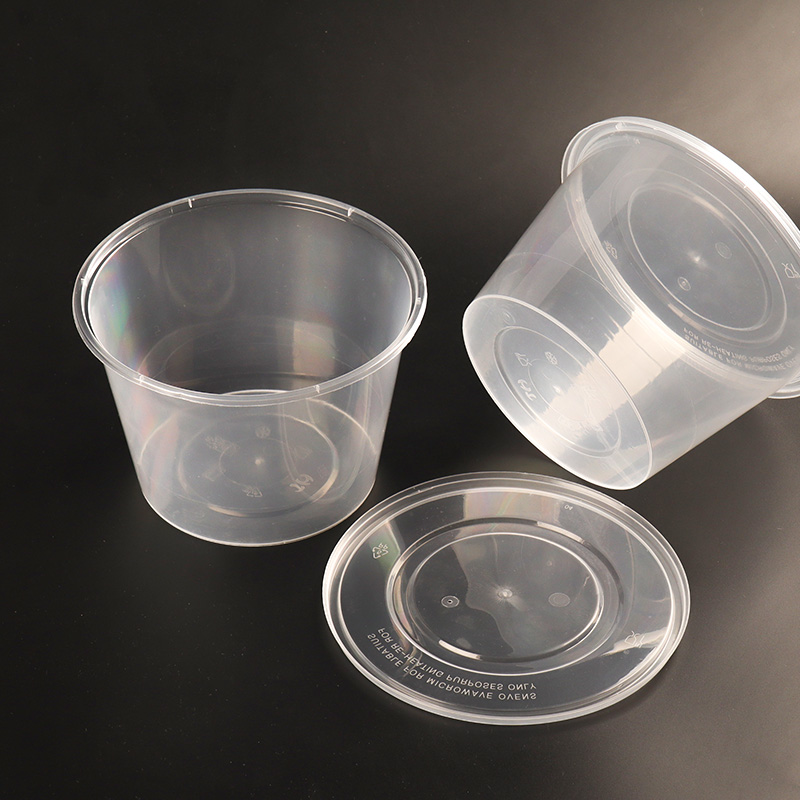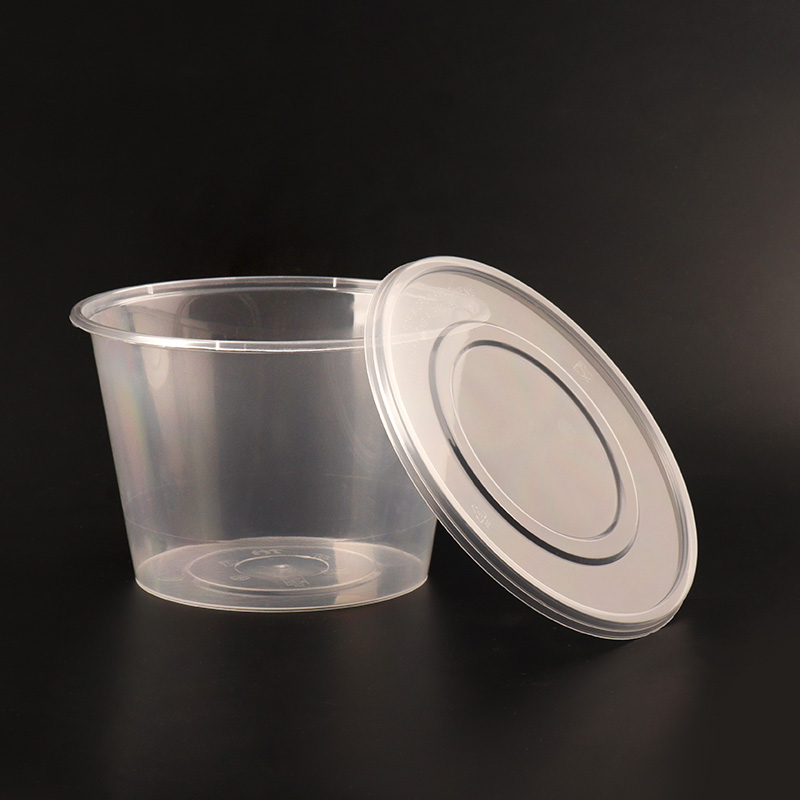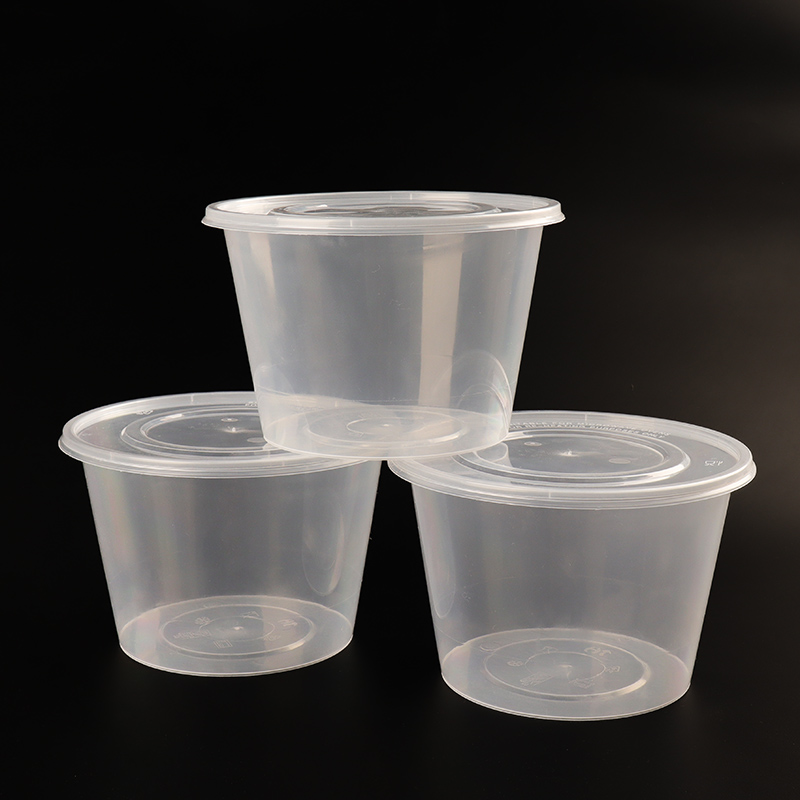Introduction to plastic tube packaging for food
Plastic tube packaging is a flexible and cost-effective packaging option that can be used for a variety of food items. It is a type of packaging that is made from plastic and is cylindrical in shape, with a secure lid to protect the contents. The tubes come in different sizes and can be customized with artwork and labeling to suit the needs of different food manufacturers. This type of packaging has several advantages that make it an ideal option for food packaging.

One of the advantages of using plastic tube packaging for food is that it provides an effective barrier against contaminants. The tubes have secure lids and exteriors that protect the contents from possible contaminants from users, light exposure, or air. Additionally, plastic tubes are easy to clean with a damp cloth, making them ideal for food packaging. Plastic tube packaging is also cost-effective, making it a popular choice for food manufacturers. It is generally more affordable than other packaging materials like glass or metal.
Plastic tube packaging can be used to package a wide range of food items, including medical supplies, soft drink bottles, fruit juice containers, and nut butter and cream jars. This type of packaging is also suitable for food items that need to travel long distances, stay longer on the shelves, and prevent food waste. Different types of plastics can be used to make tube packaging, including PVC, which is used in tubing for food and beverage applications. Shrink film tubing is another type of plastic tube packaging that is made out of several different plastic formulations. Overall, tube packaging offers a range of benefits over more traditional packaging options like glass jars and plastic bottles, including convenience, effective protection against contaminants, and cost-effectiveness.
How to use plastic tube packaging for food?
Before using plastic tube packaging for food, it is essential to prepare the food for packaging. This involves ensuring that the food is clean, dry, and free from any contaminants that may affect its quality or safety. Depending on the type of food being packaged, it may also be necessary to cook or process the food to ensure that it is safe for consumption. Once the food is prepared, it can be filled into the plastic tubes using a specialized filling machine.

Filling and sealing the plastic tubes is a crucial step in the packaging process. The filling machine accurately dispenses the food into the tubes, ensuring that each tube is filled to the correct level. After filling, the tubes are sealed using a heat sealing machine. This process creates a hermetic seal, which prevents air and moisture from entering the tube and helps to preserve the food's freshness and quality. Depending on the type of plastic tube being used, it may also be necessary to code the tubes with important information, such as the product's expiration date.
Once the food is packaged in plastic tubes, it can be stored and transported with ease. Plastic tube packaging is lightweight and durable, making it an ideal choice for manufacturers and consumers alike. However, it is important to note that plastic containers are best suited for storing dry foods like grains or snacks. Additionally, plastic containers from packaged microwavable meals should not be reused after their initial use. Overall, plastic tube packaging provides numerous benefits for food manufacturers and consumers, including increased shelf life, reduced waste, and improved branding and advertising opportunities.
Best Practices for Using Plastic Tube Packaging for Food
When it comes to using plastic tube packaging for food, ensuring food safety and hygiene should be the top priority. Manufacturers can uphold product safety by embracing sustainable tube packaging services and partnering with reputable suppliers who offer food-grade plastic containers, such as Top Tubes. Utilizing food-grade plastic containers and using single-use containers only once can help prevent the spread of harmful bacteria and ensure that food products remain safe for consumption. Additionally, proper food containers should be used for the microwave, and good hygiene and food storage practices should be followed, regardless of the type of container used. By prioritizing food safety and hygiene, manufacturers can maintain the integrity of their products and protect the health of their consumers.

Choosing the right type of plastic tube is also crucial for ensuring food safety and preserving the quality of the product. Tube packaging can come in various materials, including polyethylene (PE) and polypropylene (PP), which are commonly used in the food industry for their protective properties. However, it is essential to research and select the appropriate material for the specific food product being packaged. For example, certain plastics may not be compatible with acidic or high-fat foods, which can cause the plastic to degrade and contaminate the food. By carefully choosing the right type of plastic tube, manufacturers can ensure that their products remain fresh, safe, and of high quality.
In addition to ensuring food safety and choosing the right type of plastic tube, manufacturers must also comply with regulations and standards. Standards such as CPSIA, 21 CFR (FDA), and Toxic Substances Control Act (TSCA) assess factors such as the plastic's resistance to leaching chemicals, its compatibility with food, and its ability to maintain freshness. Manufacturers must also comply with the latest quality and health regulations to ensure consumer safety. By staying up to date with regulatory standards and complying with them, manufacturers can avoid legal issues and protect the health of their consumers. By following these best practices, manufacturers can effectively use plastic tube packaging for food, ensuring food safety, preserving product quality, and complying with regulations and standards.
Related Products





















